Washington Street
Traveller, originally named Jeff Davis, was born in Greenbrier County, Virginia. He was a prize-winning colt and grew to be nearly 16 hands high. Robert E. Lee purchased the horse from one of his soldiers in 1862 for $200. They fought together in the Confederate army, and Traveller accompanied Lee to Washington College when Lee became it’s president after the war. Lee died in 1870 and Traveller, draped in black crepe, followed the casket in a parade through town to the cemetery. He died one year later of tetanus and is buried next to Lee Chapel which houses the Lee family crypt. By tradition, the doors of his stable (now garage) at the Lee House on campus, stand open so as to allow his spirit to return home every night.
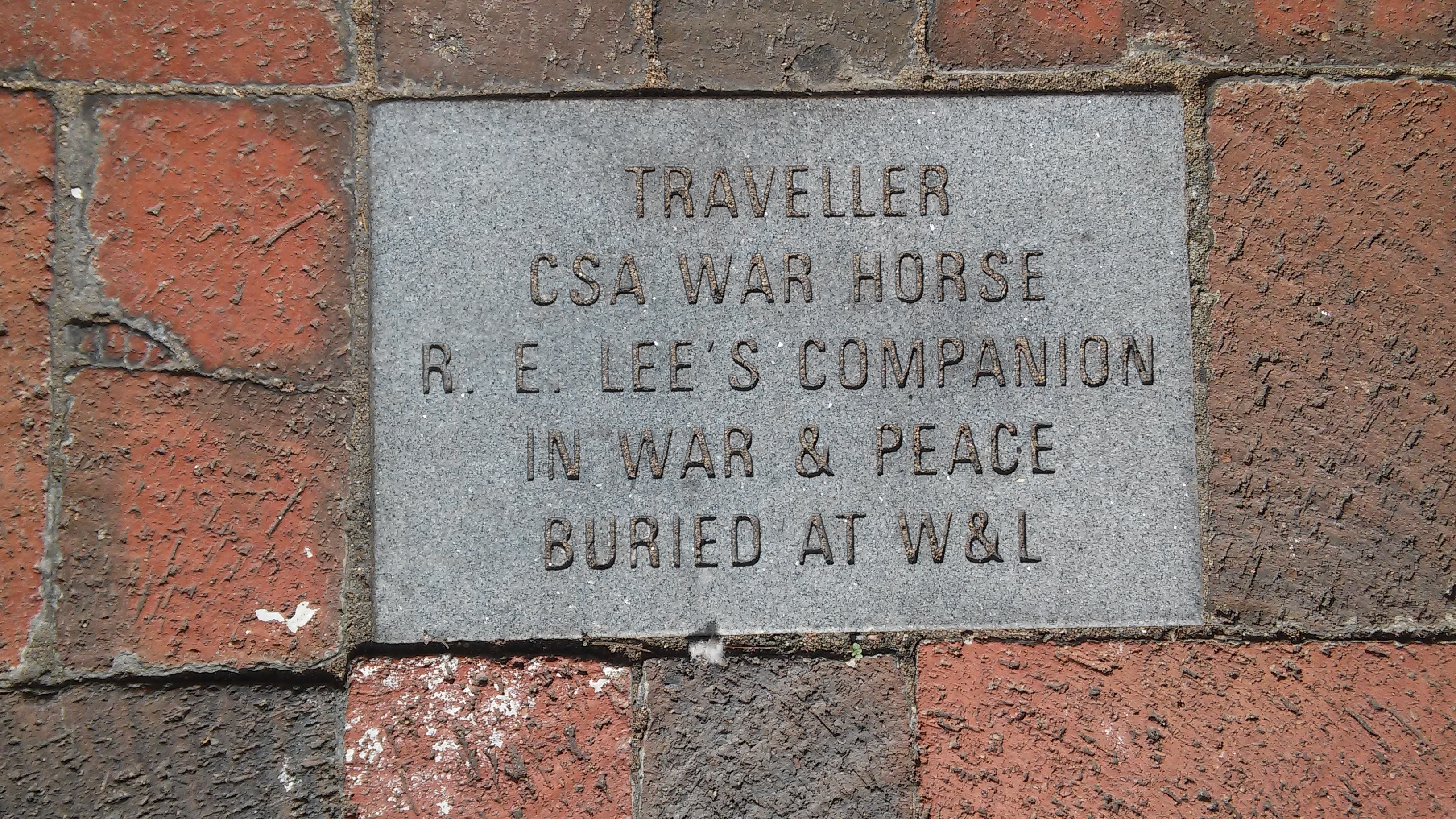

When Virginia (Ginny) Patterson Hensley was 5 years old, her family moved to a small house just above the Woods Creek trail. Her father, Sam, worked as the head boilermaker for Washington and Lee University from 1937 – 1942. In his book, “Patsy Cline: The Making of an Icon,” Douglas Gomery writes, “For five years Ginny sat by her bedroom window and heard weekly dance concerts by the world-class jazz orchestras that came on campus to soundtrack fraternity parties.” Many of those parties took place at Doremus Gymnasium and would have been clearly audible from the Cline home. Ginny went on to become one of country music’s biggest and iconic stars: Patsy Cline. Walk the Woods Creek Trail, Patsy’s house would have been in the vicinity of where the Woods Creek Apartments now stand.
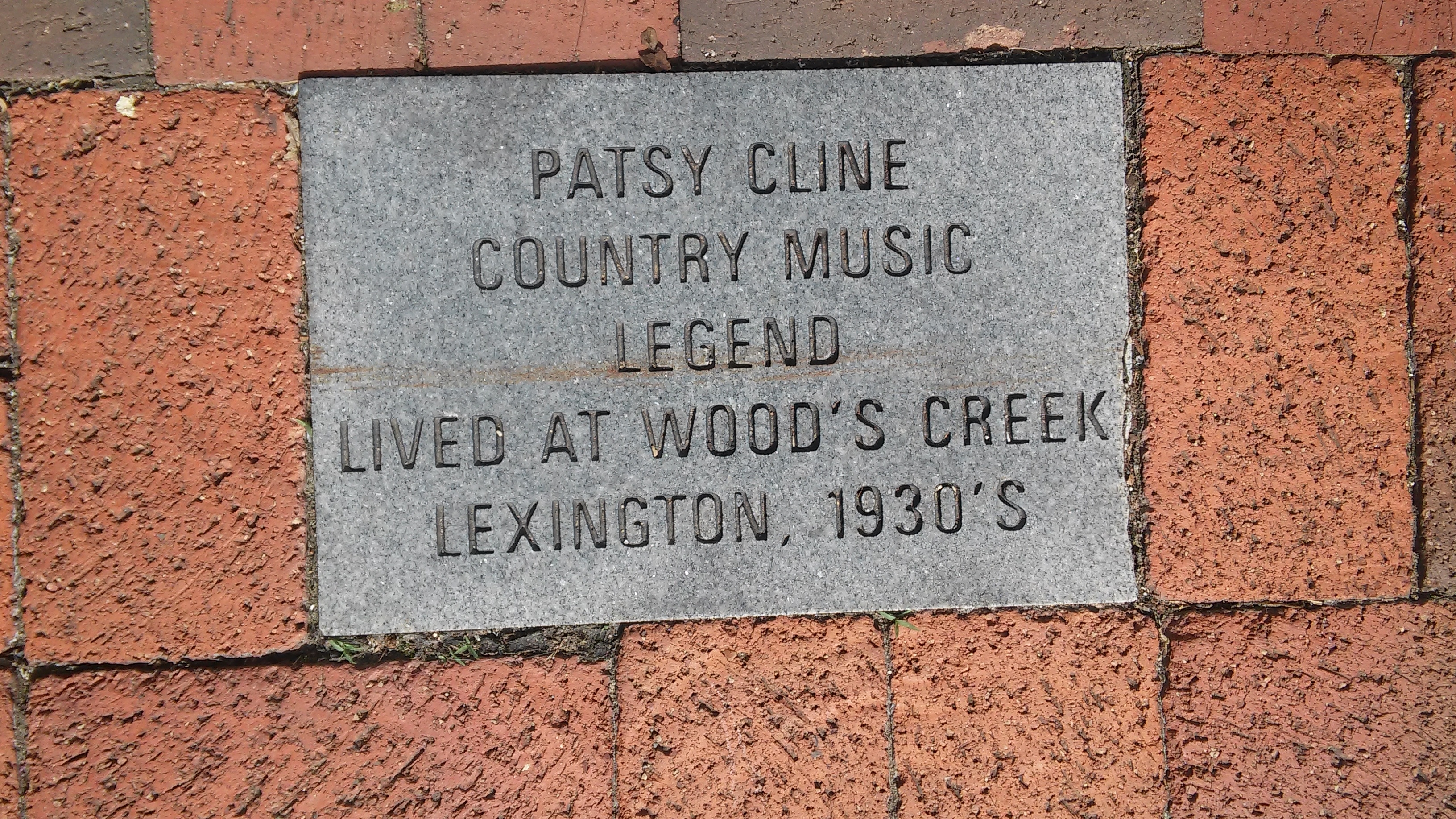

Pedro Francisco Daura y Garcia, a Catalan painter, spent a good portion of his early career splitting his time between Catalonia, where he studied painting under Jose Ruiz Blasco, Picasso’s father, and Paris. In 1929, Daura was a founder of “Cercle et Carre” (Circle and Square), a group formed in opposition to surrealism and promoting geometric construction and abstraction. Although most of his work is figural, his interest in color and mass is apparent.
In 1939, Daura moved to Rockbridge Baths with his American wife, Louise Blair, also an accomplished artist. From 1945-1953, Daura taught both at Lynchburg College (the Daura Gallery) and at Randolph-Macon Woman’s College. Daura is represented in museum collections worldwide and was arguably the greatest active artist in Virginia in the 20th century.
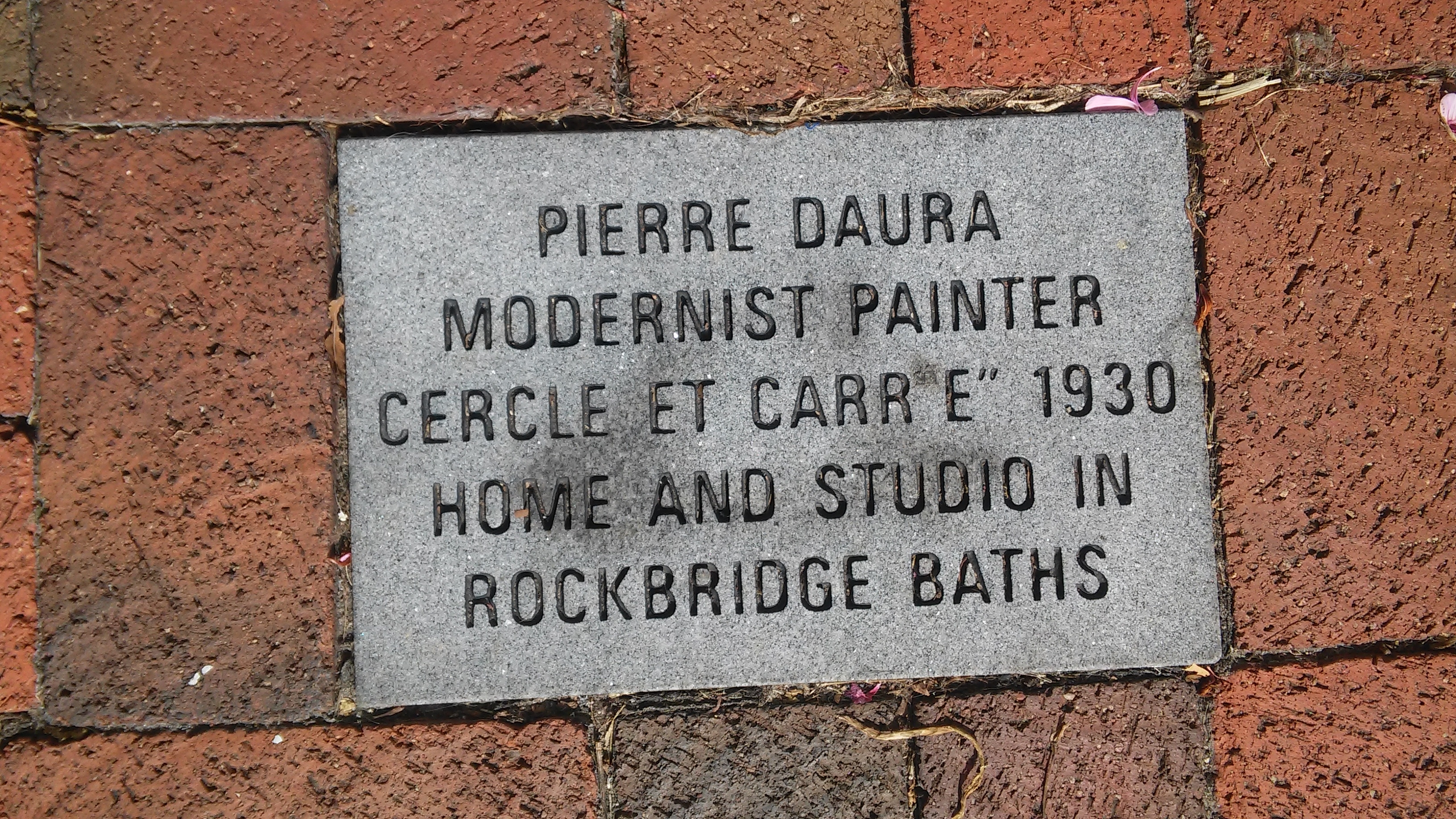

Cornstalk’s English name is the closest translation from the Shawnee.
The Shawnee considered the Shenandoah Valley their own vital hunting lands. Settlers, who began to enter the valley in the 1730s, viewed things differently. Despite treaty after treaty, many battles ensued, culminating in 1774 at the Battle of Point Pleasant on the Kanawha River (modern W.Va.). The battle was between the Virginia militia and the Shawnee and Mingo tribes led by Cornstalk, who did not want to surrender their lands south of the Ohio River. The Native Americans were narrowly defeated. Although relentless in his fight for his people, Cornstalk realized that continued warfare would end in their destruction and signed a peace treaty.
In 1777, Chief Cornstalk made a diplomatic visit to Fort Randolph at Point Pleasant. There he was treacherously killed. Governor Patrick Henry was particularly incensed by Cornstalk’s murder, as he had seen in this great chief the only hope for Shawnee neutrality.
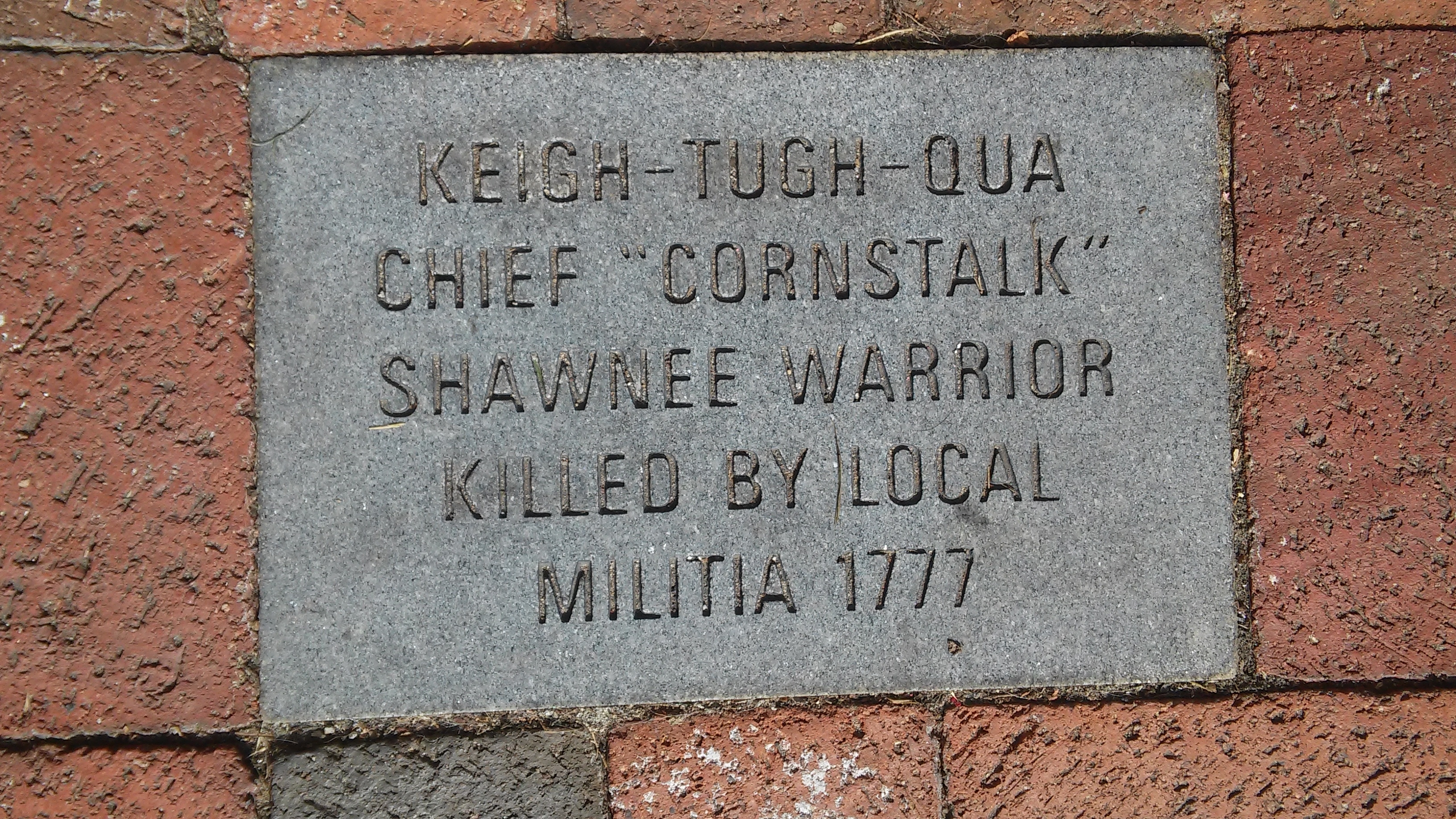

During his senior year at Washington College in 1804, Crump was arrested by Lexington police, earning him distinction of being Crump the United States’ first recorded streaker. He was suspended for the remainder of the 1804 session.
When not running naked through the streets of Lexington, Crump later made a career of running for office, serving in the Virginia House of Delegates and the 19th U.S. Congress from 1826-7. Though there for but a “flash,” he was later appointed by President Andrew Jackson to serve, more tamely than in his youthful days in Lexington, as chief clerk of the Pension Bureau, for 16 years running.
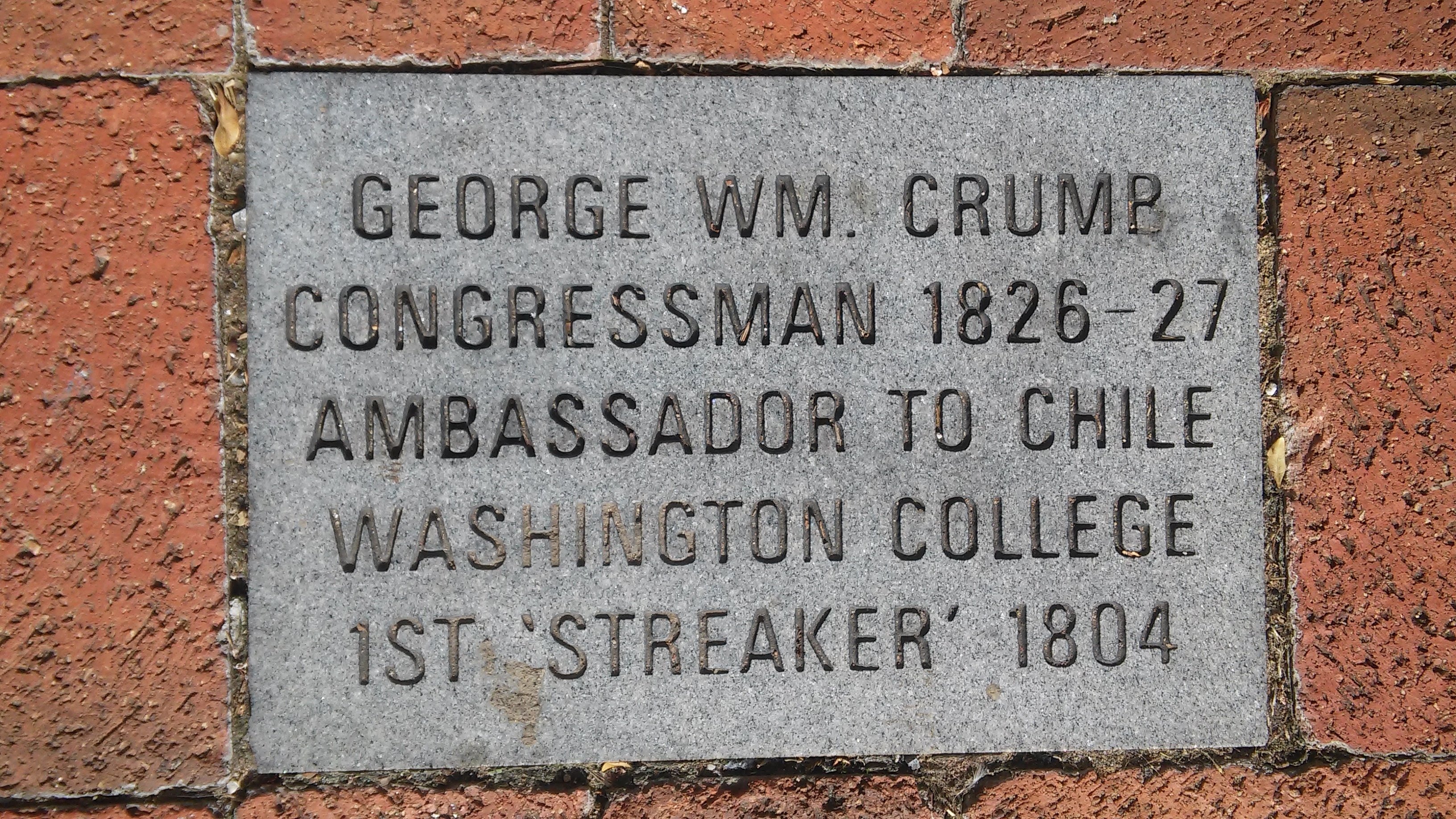

As a VMI cadet, Ezekiel fought and was wounded in the 1864 Battle of New Market. He graduated in 1866 as the first Jewish cadet with a diploma from VMI, and in that same year, was the first Jew to be elected into Lexington’s Masonic Lodge. An internationally trained sculptor, Ezekiel was the first foreigner to win the Prix de Rome. He was widely known for his larger-than-life statues, such as Virginia Mourning Her Dead, placed at the VMI post next to the resting place of six cadets killed in the Battle of New Market.
Ezekiel died in Rome in 1917 and was buried there, later reinterred at Arlington National Cemetery. His grave lies in the Confederate section where the graves form concentric circles around Ezekiel’s work Confederate Memorial. The graves are marked with pointed headstones; it is said that Confederates believed that the points would stop the Yankees from sitting on them.
SEE ‘ VIRGINIA MOURNING HER DEAD’ AT VMI.
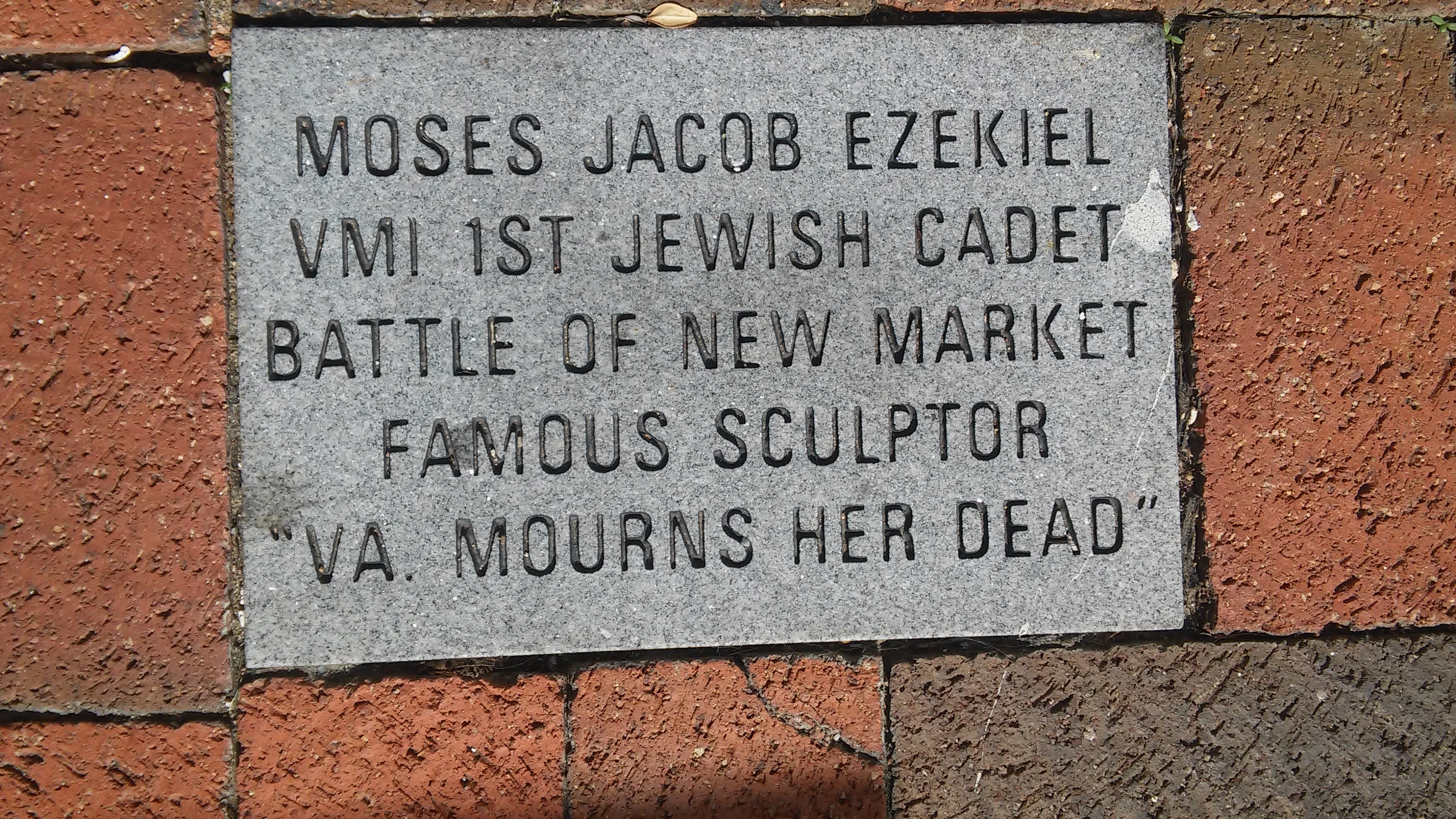

According to legend, a young George Washington surveyed the Natural Bridge (from which the county takes its name, Rockbridge) in 1750 and carved his initials high up in the arch. A large stone found in 1927, also engraved with a surveyor’s cross and Washington’s initials, may have been used as a weight suspended from a rope in the course of surveying the bridge.
In 1796, Washington endowed the struggling Liberty Hall Academy with a gift of stock valued at $20,000 – at that time the largest gift ever made to a private educational institution in America. In gratitude, the school was renamed Washington Academy and then Washington College for the first United States President. In 1871 the institution was again renamed, and remains, Washington and Lee University.
One of the most celebrated of United States soldiers and statesmen, George C. Marshall began his military career in Lexington as a VMI cadet, graduating in 1901. After serving as US Army Chief of Staff throughout WWII, Marshall was appointed Secretary of State by President Truman in 1947. His recovery plan for Postwar Europe became popularly known as the Marshall Plan, and led to his being awarded the Nobel Peace Prize in 1953, the only U.S. Army General to receive this honor. Marshall also served as President of the American Red Cross and as Secretary of Defense. In 1964, the Marshall Foundation was established in Lexington, with a museum and library (open to the public) on the VMI Parade Ground.
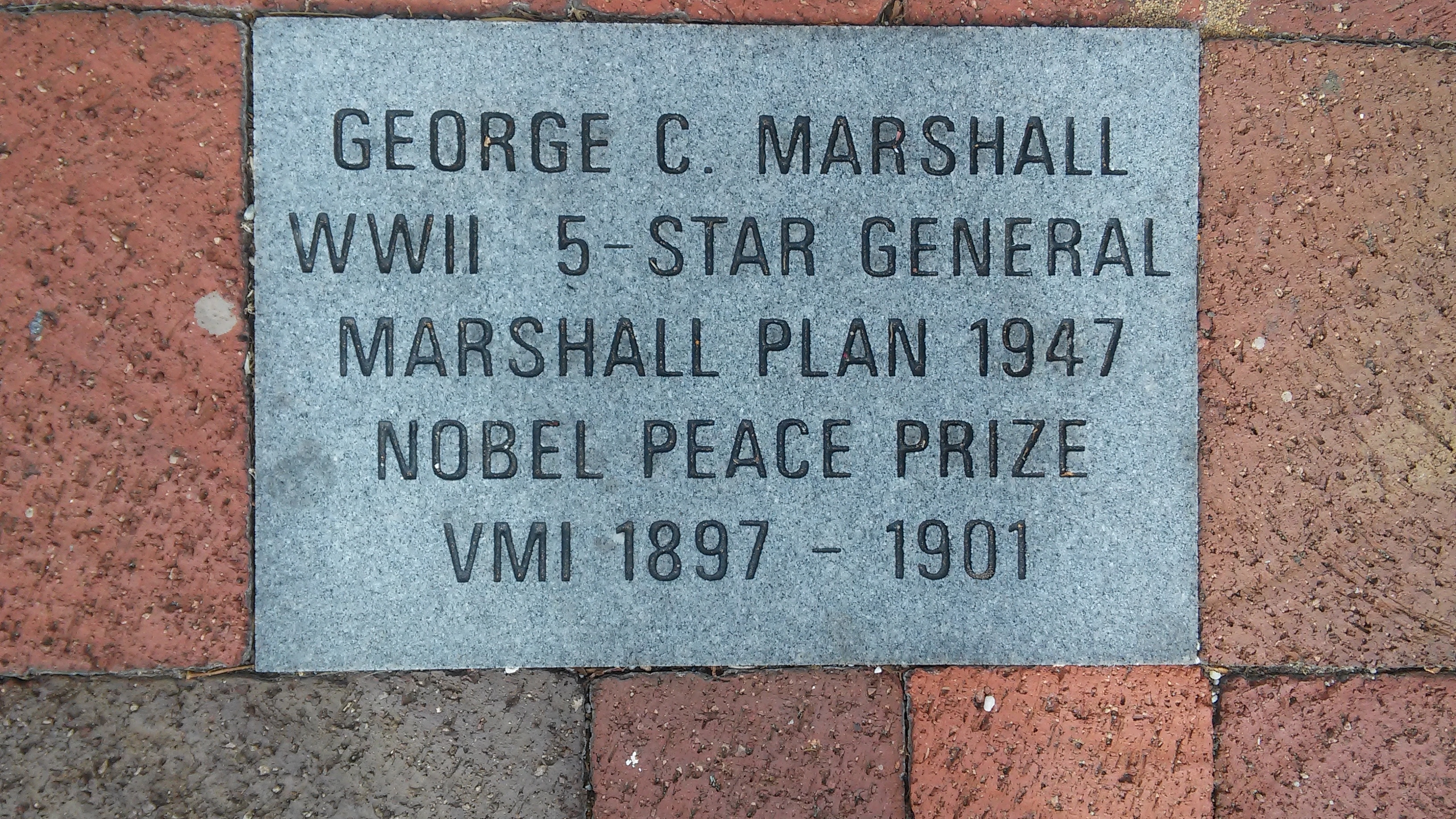

McCormick first demonstrated the mechanical reaper, for which he became famous in Rockbridge County in 1831 and was granted a patent in 1834. Unable to market his invention to local farmers who deemed it unreliable, he made various improvements and moved to Chicago in 1847. There he found a ready market during a time of great population expansion in the Midwest. He and his brother built a large industrial plant, later named the McCormick Harvesting Machine Company (which became part of International Harvester Company in 1902). McCormick’s reaper was the subject of numerous patent suits.
One of America’s early millionaires, McCormick was a benefactor at Washington and Lee University, where a statue of him stands today. Walnut Grove, his family farm in Raphine, currently known as McCormick farm, is a museum run by Virginia Tech.
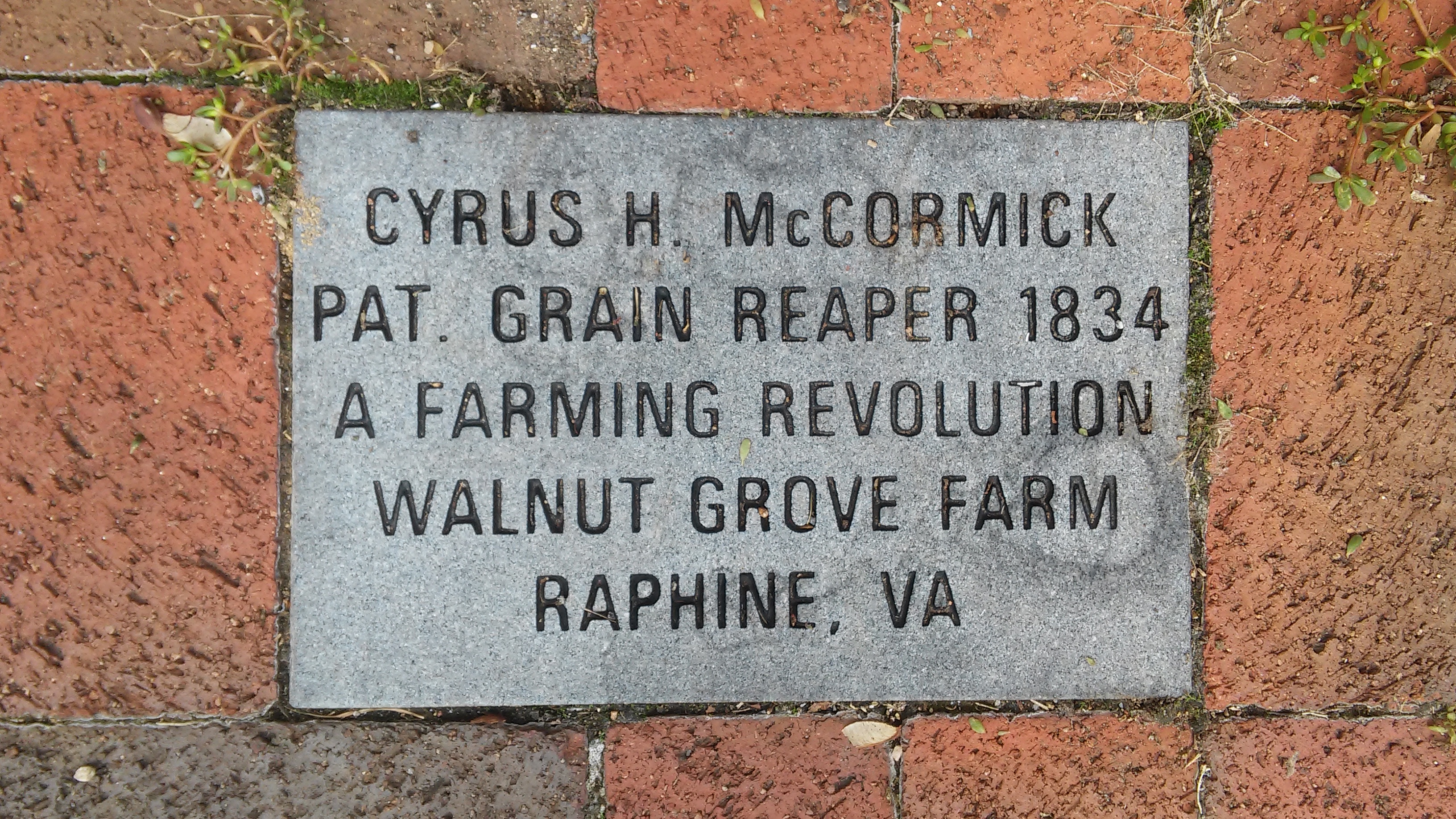

Little Sorrel was Gen. Thomas J. “Stonewall” Jackson’s warhorse through his Valley Campaigns and at the Battle of Manassas, where the General earned his abiding nickname for “standing like a stone wall.” Jackson was riding his favored horse when he was fatally shot by friendly fire at the Battle of Chancellorsville in 1863. Little Sorrel ‘retired’ to North Carolina with Jackson’s widow after the war, and was saluted by veterans returning by train to VMI grazing there before dying 1886. Donated to VMI in 1949 by the United Daughters of the Confederacy and displayed in the VMI Museum; Little Sorrel’s mounted hide had to be protectively encased after too many memorial tokens were plucked away by visitors and cadets. Like Robert E. Lee’s beloved horse, Traveller, Little Sorrel was belatedly and ceremonially buried in Lexington. In 1997 the 2nd remains were interred, 111 years after death, in front of the bronze statue of Jackson at the head of the VMI Parade Ground.
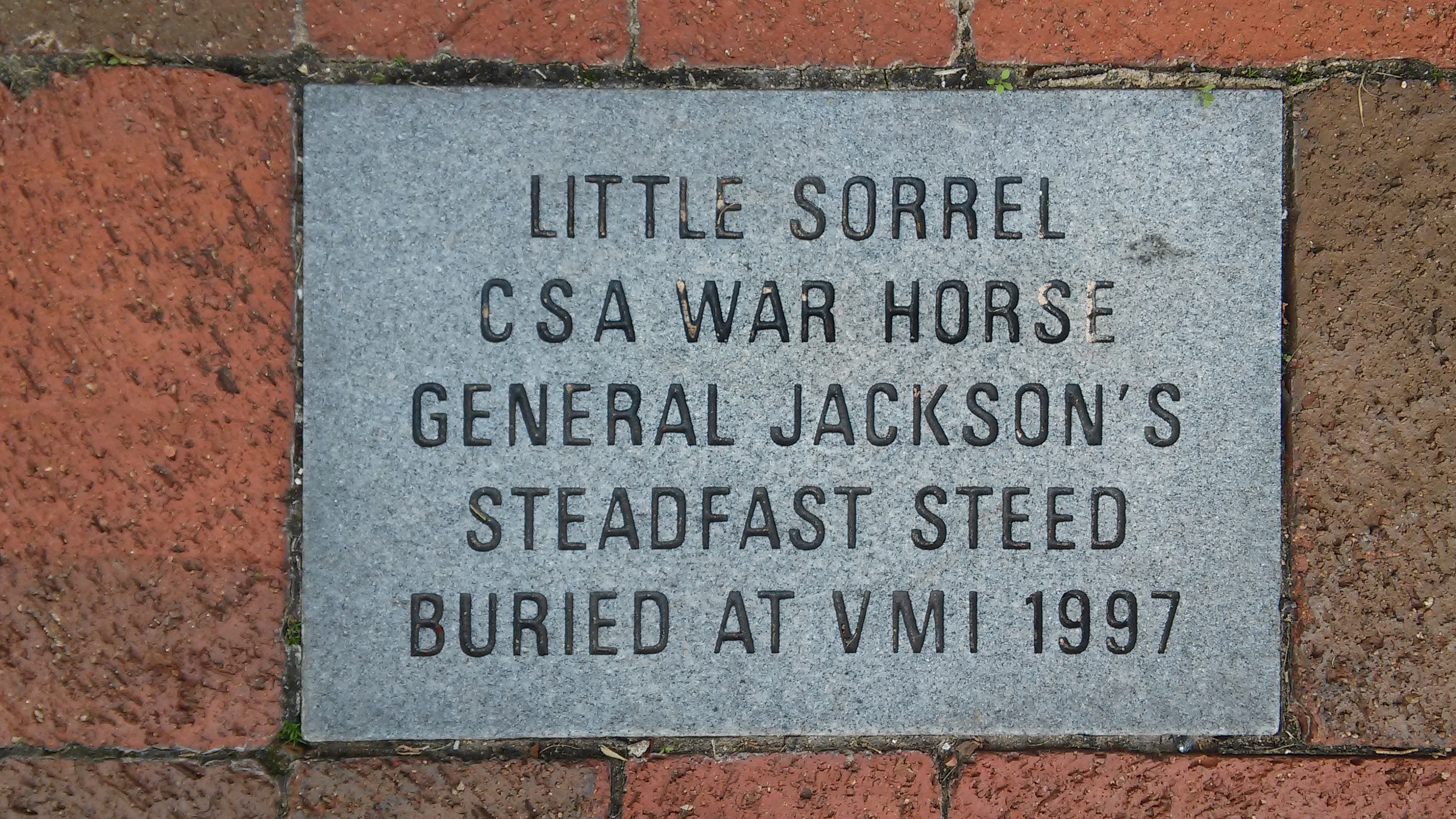

Before becoming one of the most celebrated of Confederate generals, Gen. Thomas J. ‘Stonewall’ Jackson was a VMI Professor, a devout deacon at Lexington Presbyterian Church (where he also taught a “colored Sabbath-school” with wife Anna), and son-in-law to Washington College President and noted Unionist Rev. George Junkin. As one of Gen. Robert E. Lee’s most trusted ‘lieutenants,’ Jackson’s swift string of successes in the Shenandoah Valley Campaigns of 1862 earned him zealous devotion and near legendary status from Confederate armies and citizens alike. After his mortal wounding at Chancellorsville, mistakenly shot by his own men while on patrol,he was buried in Lexington on May 15, 1863 at what is now known as Stonewall Jackson Cemetery.
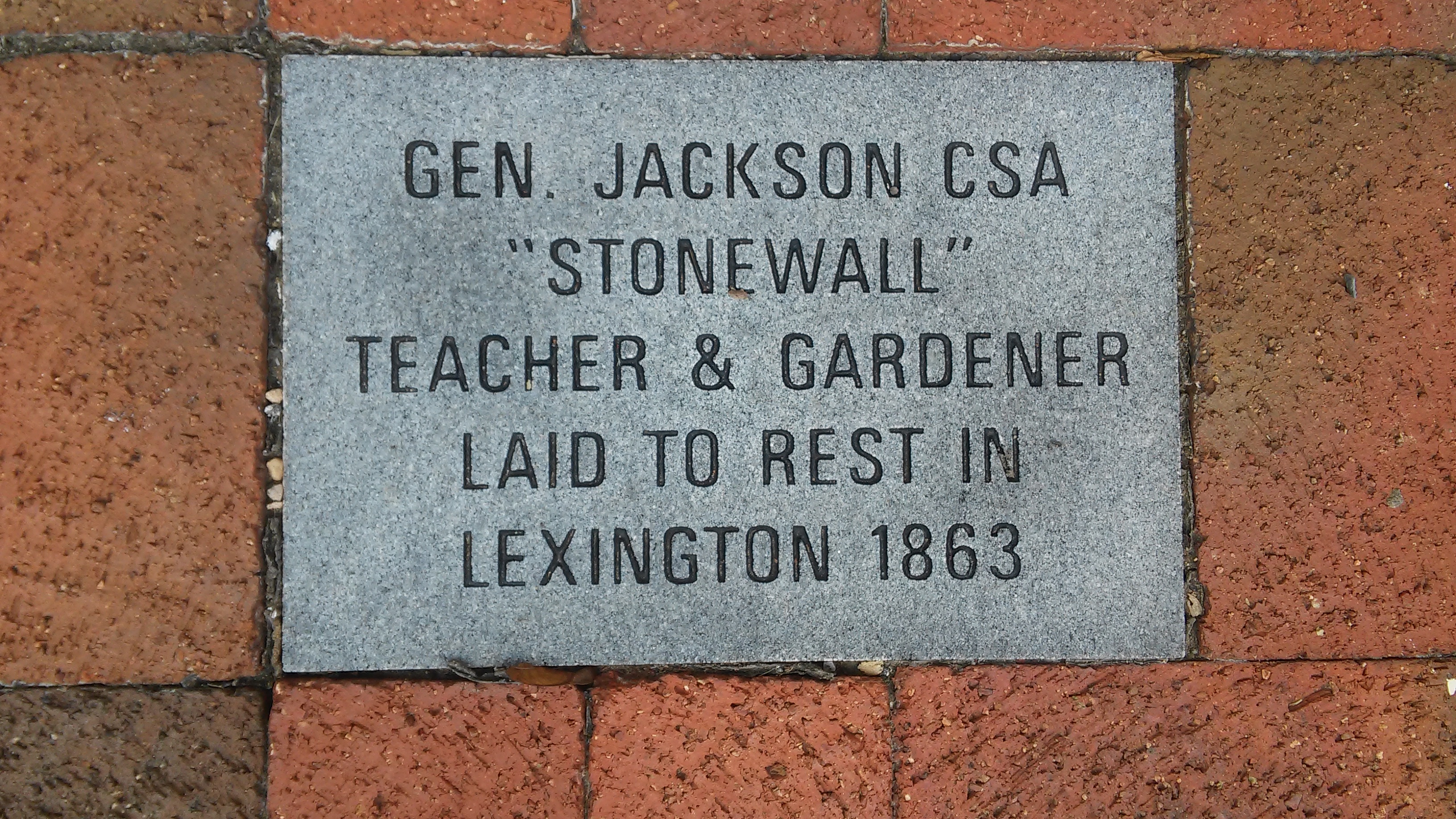

Born in 1793 at Timber Ridge, Houston moved with his family to Tennessee in 1807. He left home, lived with the Cherokees, became a congressman 1823-27 and a governor 1827-29. He later commanded the Texas army and helped win Texas independence from Mexico in 1836. He was president of Texas for two terms, became a U. S. senator and opposed southern secession. He died in 1863.
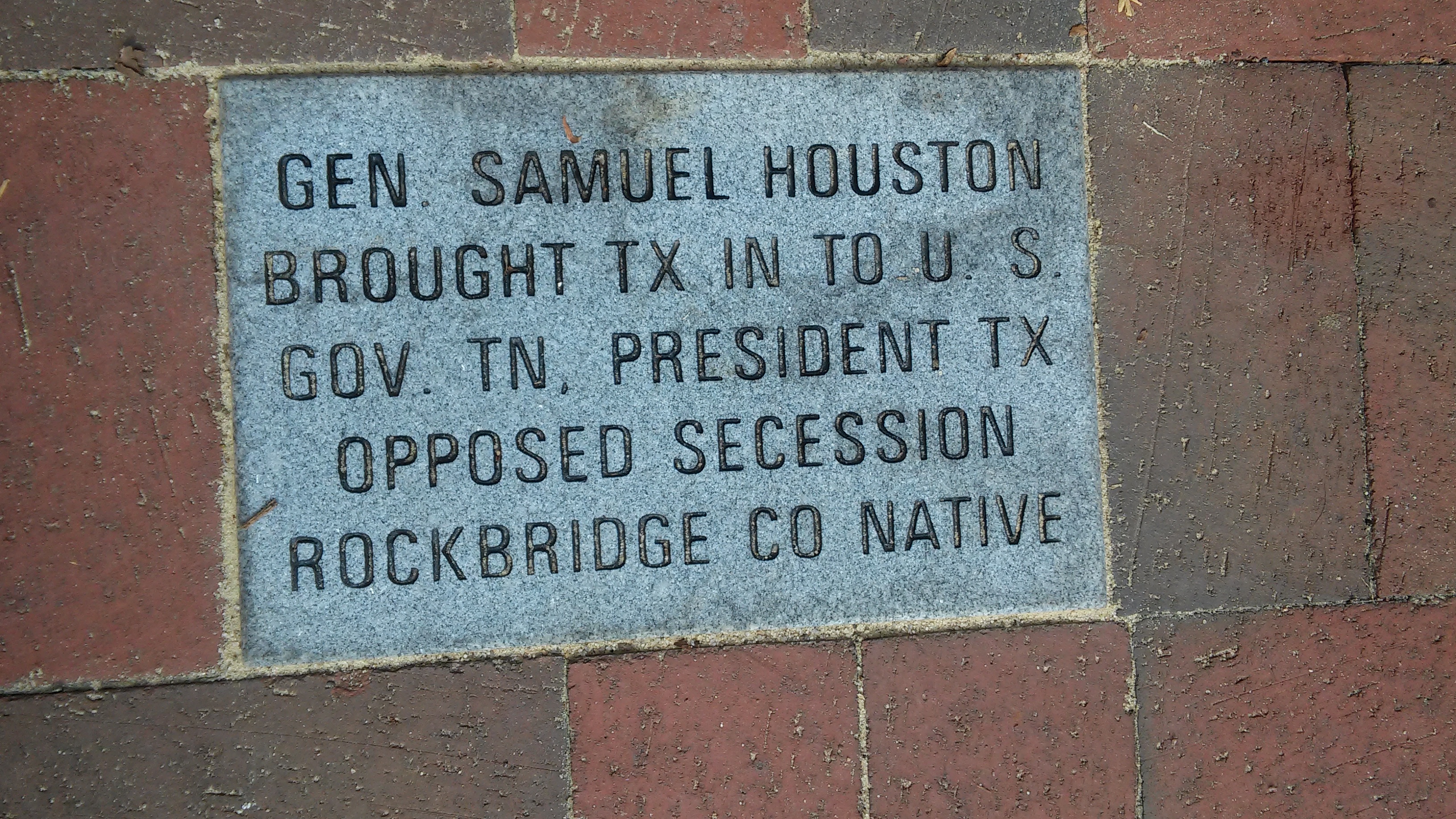

Born to freed slaves on Christmas Day 1866, technically speaking, Phil may not have been a rascal or righteous, but he prided himself on being a Virginia gentleman and around here that goes a long way. At six feet four inches tall, he had feet so big he could not find shoes to fit so he clomped around town on flat boards attached to his feet with carpet strips. He was a man of integrity and expected the same from others. If people cheated him, he simply tipped his hat and smiled. He lived in the Castle and let a rooster sleep on the foot of his bed. He kept his money under his bed until the rats got to it. He then went to the bank but insisted on seeing his money every day. On a trip to Baltimore, folks there laughed and made fun of him. He simply said, “They didn’t have a Mama like mine to teach them how to be a ‘Virginia gentleman.’ ” This tribute is to what he overcame with grace and to his manner, kindness, and example to all.
